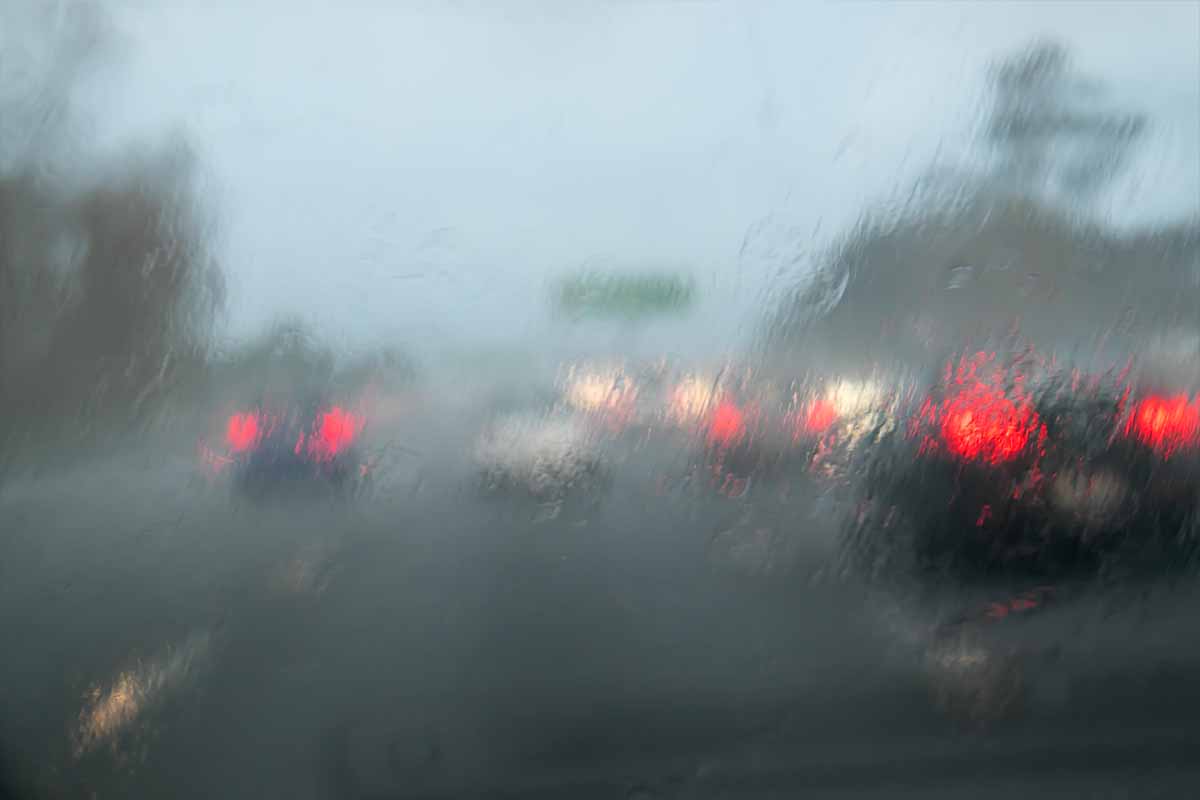Winter Driving Tips
Winter driving should be treated very differently to Summer driving. With the dry sunny Autumn we have just experienced the change will be a short, sharp, shock for many. Drivers need to be prepared. The time spent at home or with reduced travel has not prepared us well for this change.
- Drive to the conditions, in winter they can change quickly, road surfaces can be very slippery and visibility poor. Generally we drive too fast in poor conditions.
- If conditions are very poor, reconsider if the journey is wise, can it be rescheduled. Check the weather forecast. Is your vehicle equipped for snow and ice? If not stay put and wait for an improvement.
- In some parts of the country snow and ice (including black ice) are a problem in winter. When driving you need to search for shaded/sheltered areas where ice may be present and slow down, particularly on corners. The mornings can particularly hazardous. It’s your responsibility to read the conditions and slow down to a safe speed.
- It’s going to take longer to stop in a hurry, increase your following distances, 4 seconds in wet conditions more in ice or snow.
- Remind yourself to use your eyes properly, correct sloppy habits, concentrate on searching and scanning for hazards to make it your habit to do it well. Some special points.
- Look into intersections for vehicles and hazards approaching, don’t just rely on peripheral vision. If you are not sure it’s clear don’t move forward!
- Keep your eyes moving, don’t let them stare, or focus on one object for more than 2 seconds.
- Look well up the road, 12 seconds, scan and anticipate possible hazards, take caution on surfaces that look slippery or may present hidden ice.
- Check your side mirrors are adjusted correctly and use them whilst driving.
- Always be ready to react, play it safe.
- Obey the road rules. Stay on your side of the road. Keep eye contact with other drivers and avoid problem drivers. Obey road works speed signage.
- Distractions – don’t text and drive, avoid talking on a mobile phone while driving unless necessary, pull over if possible.
- Ensure your car is checked or serviced regularly. In between services check tyre pressures, tyre tread is adequate, brakes and all lights are working properly. Chains if required. Check WoF and Registration are current. Check your wiper blades and windscreen cleaner is topped up.
- Always wear your seat-belt , and ensure every passenger is securely restrained. Make sure loose articles and pets are secured within your vehicle.
- Avoid fatigue – get adequate rest and a good night’s sleep before setting off on a long road trip.
